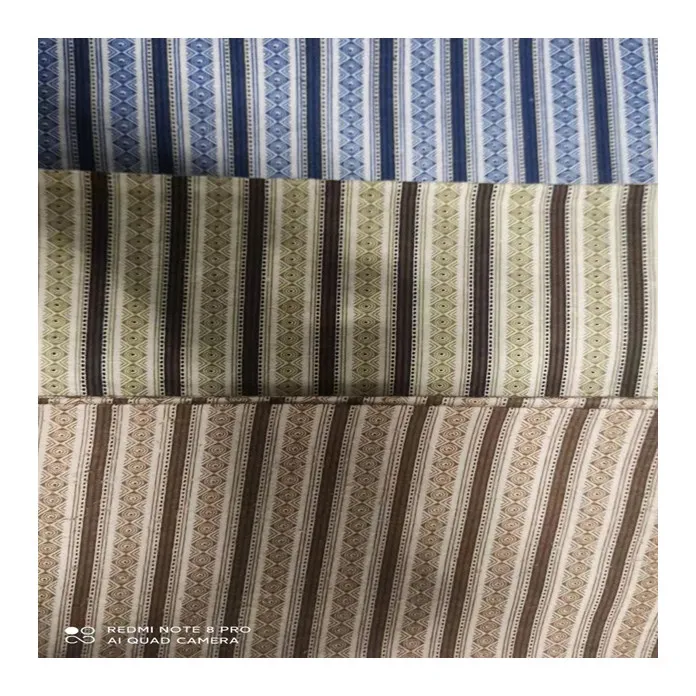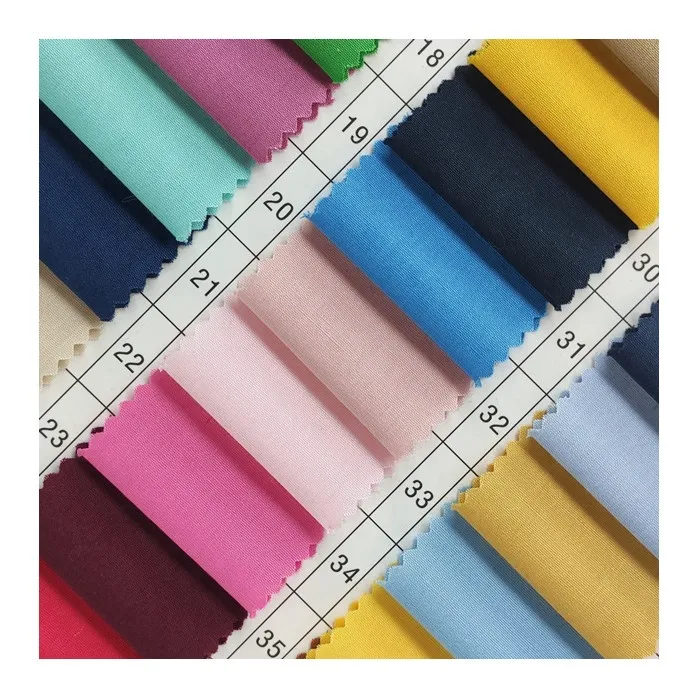
- Afrikaans
- Albanian
- Amharic
- Arabic
- Armenian
- Azerbaijani
- Basque
- Belarusian
- Bengali
- Bosnian
- Bulgarian
- Catalan
- Cebuano
- Corsican
- Croatian
- Czech
- Danish
- Dutch
- English
- Esperanto
- Estonian
- Finnish
- French
- Frisian
- Galician
- Georgian
- German
- Greek
- Gujarati
- haitian_creole
- hausa
- hawaiian
- Hebrew
- Hindi
- Miao
- Hungarian
- Icelandic
- igbo
- Indonesian
- irish
- Italian
- Japanese
- Javanese
- Kannada
- kazakh
- Khmer
- Rwandese
- Korean
- Kurdish
- Kyrgyz
- Lao
- Latin
- Latvian
- Lithuanian
- Luxembourgish
- Macedonian
- Malgashi
- Malay
- Malayalam
- Maltese
- Maori
- Marathi
- Mongolian
- Myanmar
- Nepali
- Norwegian
- Norwegian
- Occitan
- Pashto
- Persian
- Polish
- Portuguese
- Punjabi
- Romanian
- Russian
- Samoan
- scottish-gaelic
- Serbian
- Sesotho
- Shona
- Sindhi
- Sinhala
- Slovak
- Slovenian
- Somali
- Spanish
- Sundanese
- Swahili
- Swedish
- Tagalog
- Tajik
- Tamil
- Tatar
- Telugu
- Thai
- Turkish
- Turkmen
- Ukrainian
- Urdu
- Uighur
- Uzbek
- Vietnamese
- Welsh
- Bantu
- Yiddish
- Yoruba
- Zulu
يانۋار . 13, 2025 11:32
Back to list
chiffon material
Chiffon material has long been celebrated for its elegance and versatility, making it a staple in both haute couture and everyday fashion. Its ethereal quality and delicate drape contribute to its widespread appeal, yet understanding the nuances of chiffon can elevate the appreciation for this fabric to new heights.
Professionals in the fashion industry often emphasize the importance of proper care for chiffon garments. Hand washing is generally recommended, using a mild detergent in cool water, to prevent stretching or damage. If machine washing is necessary, placing the item in a mesh laundry bag can protect it during the gentle cycle. Dry cleaning is an option, particularly for silk chiffon, to preserve its texture and appearance. Storing chiffon requires attention as well; hanging items reduces creases, but if folding is necessary, placing tissue paper between layers can prevent snagging. Chiffon is not only confined to fashion but extends its applications into home decor, where its airy quality complements window treatments or decorative accents. Chiffon curtains, for instance, provide a soft diffusion of natural light, enhancing the atmosphere of a room without sacrificing privacy. For designers, the versatility of chiffon encourages innovation. Its ability to take dye well results in vibrant colors and patterns, expanding creative possibilities. From digital prints to ombre effects, chiffon serves as a canvas that beautifully reflects both intricate designs and bold, artistic expressions. In summary, chiffon material embodies a blend of elegance, versatility, and practicality. Its applications span far beyond mere aesthetics, tapping into functional fashion and decor use. Whether it's the luxurious touch of silk or the accessible nature of polyester, chiffon continues to be a fabric that inspires both designers and consumers alike, earning its lasting place in the world of textiles. Embracing the nuanced knowledge of chiffon—from its composition and care to its styling and innovative applications—not only enhances personal fashion but can profoundly influence sustainable practices and consumer choices in the textile industry.


Professionals in the fashion industry often emphasize the importance of proper care for chiffon garments. Hand washing is generally recommended, using a mild detergent in cool water, to prevent stretching or damage. If machine washing is necessary, placing the item in a mesh laundry bag can protect it during the gentle cycle. Dry cleaning is an option, particularly for silk chiffon, to preserve its texture and appearance. Storing chiffon requires attention as well; hanging items reduces creases, but if folding is necessary, placing tissue paper between layers can prevent snagging. Chiffon is not only confined to fashion but extends its applications into home decor, where its airy quality complements window treatments or decorative accents. Chiffon curtains, for instance, provide a soft diffusion of natural light, enhancing the atmosphere of a room without sacrificing privacy. For designers, the versatility of chiffon encourages innovation. Its ability to take dye well results in vibrant colors and patterns, expanding creative possibilities. From digital prints to ombre effects, chiffon serves as a canvas that beautifully reflects both intricate designs and bold, artistic expressions. In summary, chiffon material embodies a blend of elegance, versatility, and practicality. Its applications span far beyond mere aesthetics, tapping into functional fashion and decor use. Whether it's the luxurious touch of silk or the accessible nature of polyester, chiffon continues to be a fabric that inspires both designers and consumers alike, earning its lasting place in the world of textiles. Embracing the nuanced knowledge of chiffon—from its composition and care to its styling and innovative applications—not only enhances personal fashion but can profoundly influence sustainable practices and consumer choices in the textile industry.
Next:
Latest news
-
The Versatility and Elegance of White Cotton Poplin FabricNewsJun.23,2025
-
The Luxurious Comfort of Carded CottonNewsJun.23,2025
-
Explore the Luxurious Comfort of Cotton Flannel ClothNewsJun.23,2025
-
Discover the Versatility of Cotton Poplin ClothNewsJun.23,2025
-
Bleach Cotton FabricNewsJun.23,2025
-
100 Cotton BlendNewsJun.23,2025
-
Versatile Elegance with Poplin Fabric for SaleNewsMay.15,2025
